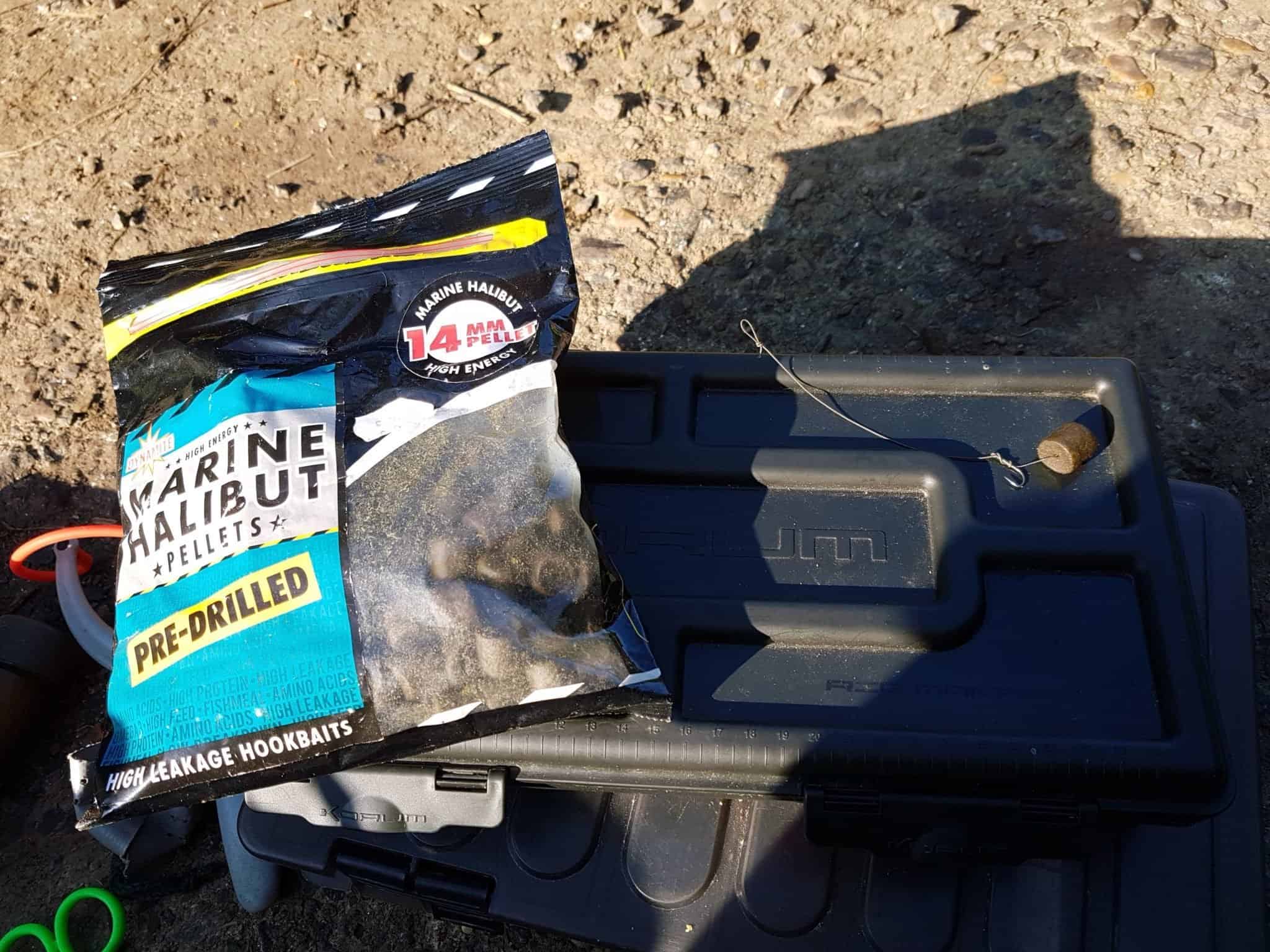Using Pellets for Carp Fishing
If you want to catch a lot of fish in commercial waters, then you have to use pellets. Carp fishing with pellets is a great way to catch a lot of fish, especially in commercial waters. Although they aren’t the only type of bait that you can use, they are the ones that they love to eat.
What are Fishing Pellets, and Why you Should Use Them?
In both coarse and commercial fishing, pellets are a popular choice. They are available in a wide range of sizes and are often used when targeting small and medium-sized fish.
Compared to boilies, which are also soft, pellets have a quick breakdown and are ideal for feeding small and medium-sized fish.
One of the main advantages of carp fishing with pellets is its versatility. It can be used in different ways depending on the type of fish you’re trying to catch.
For instance, you can use a soft pellet on a feeder, but also use them to catapult out as free bait to attract the fish into your swim.
Since there are so many different types of pellets, it can be hard to choose which pellets you should use.
There are several sizes, shapes, colors, and hook bait varieties that you can use.
This guide aims to make it easier for you to understand the various types of fishing pellet and their uses.
What Size Hook Should You Use for Pellets
The smallest-diameter pellet that you can buy is the 1mm, which is ideal for winter fishing as the bites are hard to come by. You can use a Method feeder with this size of pellet, which can be softened with boiling water.
For most method-feeders, the 2mm pellet is the ideal size for winter fishing as it allows them to feed confidently even when the water is cold. These can also be softened with boiling water to ensure that they stick around the mold.
The 4mm pellet is a great size to use on the hook with a bait band, or on a hair rig to catch different species. It can also be used as loose feed, which is ideal for catching everything that’s in the water. To fish a 4mm pellet the best-sized hook to use a size 18 hook.
The 6mm pellet is another great choice for commercial fishing as it can be used as a feed or when used on the hook. This size will allow you to target silverfish and bream as well as large fish such as carp. To fish a 6mm pellet on a hair or bait band use a size 14 hook.
For carpers who are looking for bigger fish, the 8mm pellet is a great choice as it allows them to target those large lumps in the water. You can also use hair rigs or bait bands for casting. To fish an 8mm pellet use size 10 or 12 hooks.
For any pellets that are larger than 8mm, use size 10 or 8 hooks.
Most batches of fishing pellets come in 500g, 1kg, or 5kg bags.
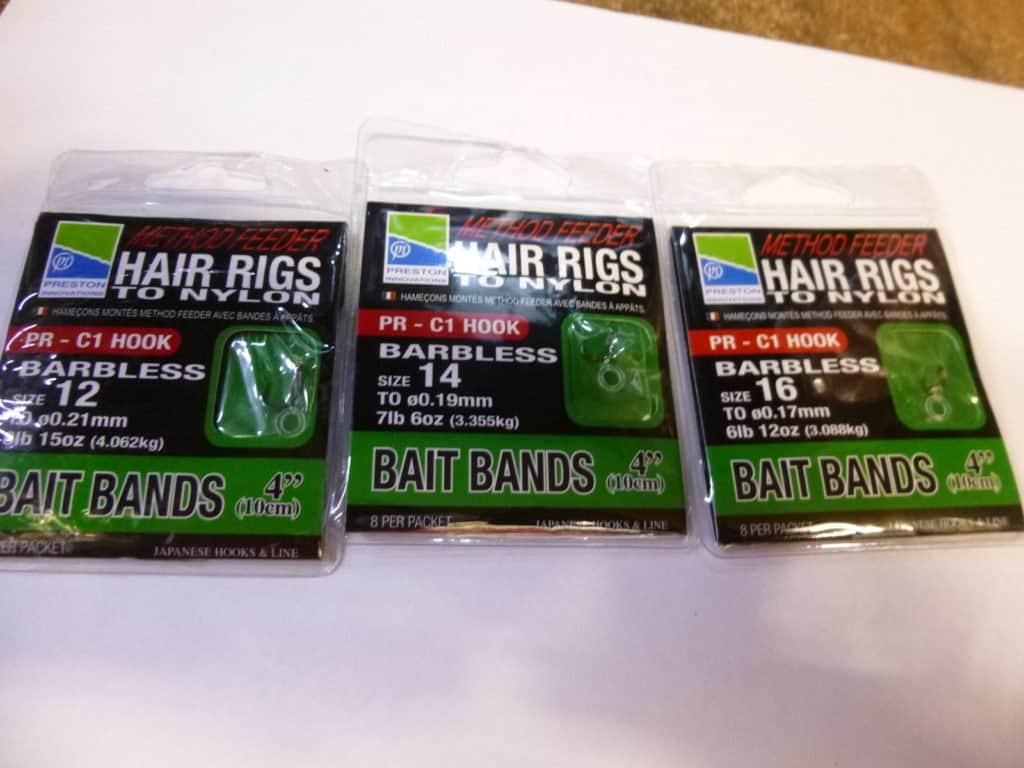
What Are the Best Pellets for Fishing?
One of the most popular types of fishing pellets that are ideal for creating beds of free bait is the halibut pellet. These are high in protein, nutrients, and oil and can be used to attract various species such as barbel, silverfish, and carp.
Trout pellets have a high concentration of protein and oil. This type of bait is great for summer as it allows the oil to disperse better in the water.
If you’re not allowed to use trout and halibut due to their high oil content, you can try the other types of fishing pellets that are made from vegetable proteins. These are known to break down quickly and are better for fishing as a loose feed instead of a hookbait.
The CSL pellet is a savory-flavored bait that can be used to create a layer of attractive bait that’s ideal for attracting various types of fish, such as barbel and silverfish.
Although you can usually drill your own fishing pellets, many companies also produce pre-drilled varieties that are ideal for different types of fishing techniques. These are great for keeping your bait in the water for a while as they won’t fall off. They can also be ideal for pellet-waggler fishing as you’re constantly casting.
A banded pellet is a type of fishing bait that you can attach to your hook using rubber bands. Due to the hardness of the material, it’s ideal for avoiding the attention of small fish. You can experiment with varying sizes to see which one works best for you.
The expander pellet is a buoyant and hard bait that can be used to add to your hookbait. It’s also great for creating a layer of attractive bait that’s ideal for attracting various types of fish, such as barbel and silverfish. You can also use this type of bait by soaking it in water.
The soft feed pellet is a moister version of the silverfish and carp pellet that’s ideal for keeping these two types of fish in your swim. You can buy this ready-to-use in various sizes, and they’re great for different types of fishing, such as pole fishing and wagglers.
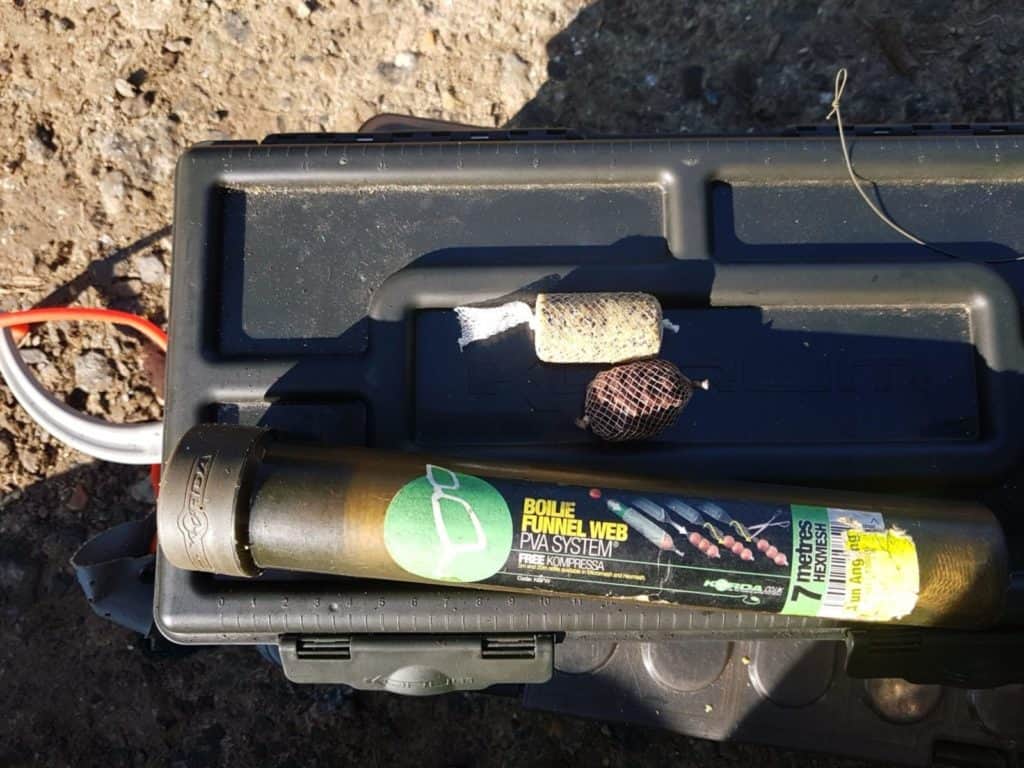
How Do You Flavour Pellets?
Different types of fishing bait come in a wide range of flavours to appeal to different types of fish. Manufacturers of these products create customized variants of fishmeal or other types of bait that are ideal for different fishing techniques.
If you’re planning on adding your own flavour to the fishing pellets, then you should consider using sprays, powders, or liquids.
A water-based flavour is ideal for creating a layer of attractive bait that’s ideal for attracting various types of fish, such as barbel and carp. An oil-based flavor is great for rising through the water and attracting mid-water fish, such as the roach.
Adding vibrant and flavourful liquids to the outer edges of the fishing pellets can attract and keep the fish in your swim. As the pellet collapses, more flavour will be released.
For long-term success, you should add a slower rate of flavour release inside the bait to attract more fish. You can also boost or enhance the flavour by adding it to the fishing pellets. To do this, shake them and cover them with a layer of flavoring.
Keep in mind that adding too much-concentrated boilie flavour to the fishing pellets can lead to over-powering the fish.
What Colour Pellet Should You Use?
Most types of fishing pellets come in a wide range of colours and can respond well to dye additions to modify their appearance. Dark shades of brown are ideal for pre-baiting and fishing throughout the year.
When it comes to choosing the colours that will work best for your fishing pellets, you should consider what kinds of colours will be most visible in the water. For instance, if you’re planning on adding a red or pink colour to your fishing pellets, then try this.
Aside from being able to dye the fishing pellets, you can also purchase pellet colorant additives that can enhance the flavour of the bait. These can come in various colors, such as green, brown, and yellow.
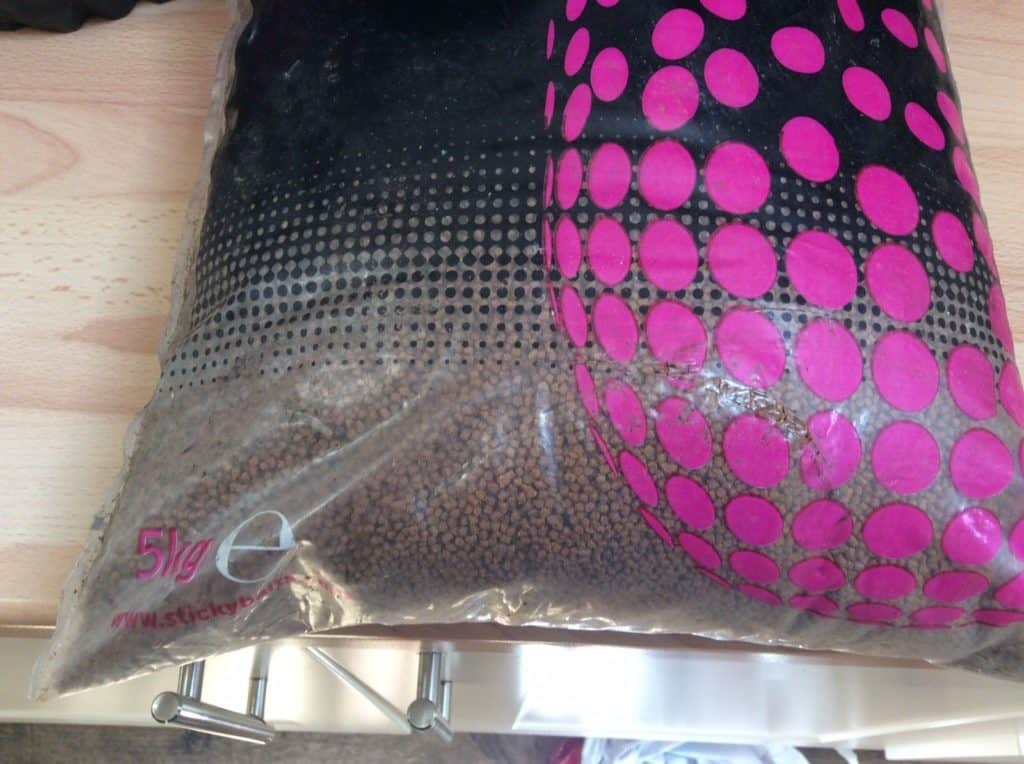
How Do You Attach Pellets to Your Hook for Fishing?
To attach a pellet to your hook, there are two main methods and one less preferred method.
One of these methods is to use a band stretching tool. It can be used to attach the band over the fishing pellet which you can then push the hook through the band.
Another great tool is a bait drill, which can be used to easily penetrate the hard parts of the pellets. You can then use the pellet on the hair rig the same way you would a boilie.
There are various tools that you can use to make your fishing pellets even better. These can be used to modify the appearance and flavor of the bait.
The least preferred method is to superglue the pellet to the shank of the hook, but we don’t advise you do that.
Which Tools Do You Need for Fishing with Pellet?
These tools can be used to transform the appearance and flavour of the fishing pellets. One of these is a bait sprayer, which can be used for creating a layer of attractive liquid that’s ideal for attracting various types of fish.
- Baiting Needle
- Bait Drill
- Pellet Pumps
- Bait Sprayer
- Bait Choppers
- Pellet Band Stretcher
- PVA Stockings or Bags
- Superglue
How to Feed Your Swim with Pellet
There are so many different types of fishing pellets that it’s hard to choose just one that works best for you. Since there are so many different types of pellets, it’s important to consider the type of technique that you’re planning on using them for.
Depending on the type of fishing method that you’re planning on conducting, there are various ways that you can get your fishing pellets in the water.
One of the most common ways that people use to get their fishing pellets in the water is by simply throwing them out by hand. This method is ideal for short-distance fishing. If you need to go a little further, a catapult or a throwing stick is a must-have.
The spod and the spomb are two of the most common ways that people use to get their fishing pellets in the water. This method is ideal for large-scale pellet delivery. However, it can also cause a disturbance in the water.
A pellet feeder is ideal for colder waters as it allows you to provide fewer free offerings in the water. Instead of using masses of ground bait or micro pellets, you can provide a few 4mm fishing pellets.
When using expander or soft-plastic fishing pellets as a hookbait, make sure that they’re strong enough to be used with a waggler or a pellet feeder.
A large number of fishing pellets can be packed into a PVA bag due to their ability to dissolve quickly in water. This type of bag can be used to surround the hook bait and provide attraction.
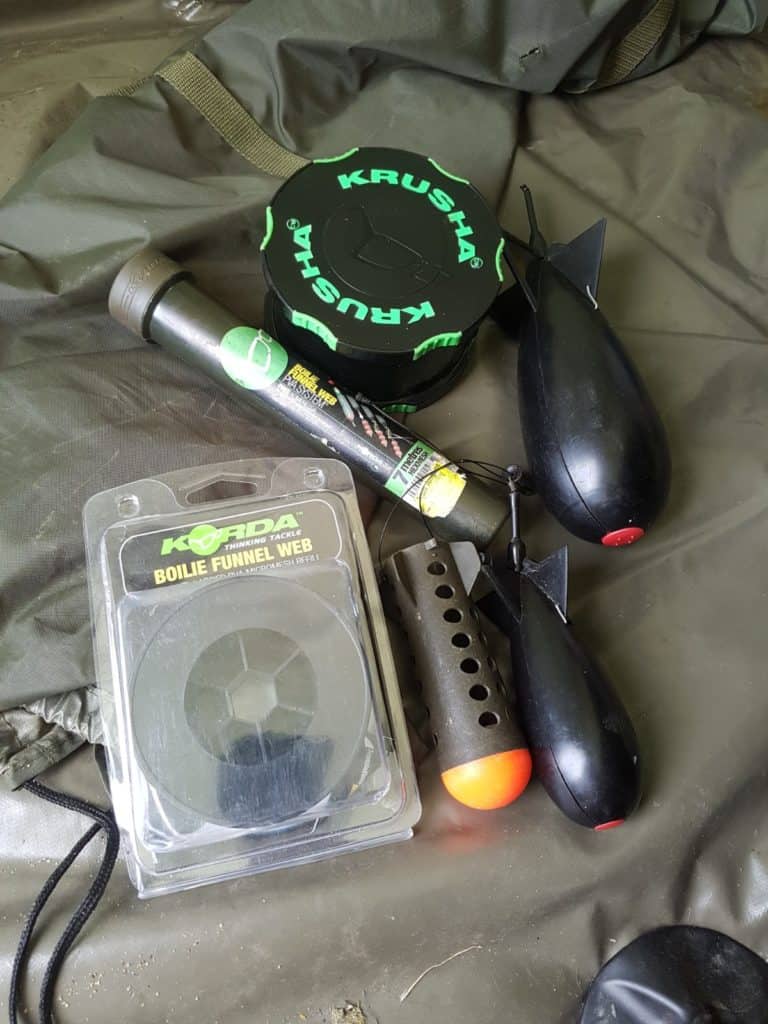
Tips for Fishing for Carp with Pellet
- One of the most important factors that you should consider when it comes to providing the fish with fishing pellets is not overfeeding them. Instead, make sure that they’re getting the proper amount of bait. For instance, if you’re using a catty or a waggler, you should throw out around three or four pellets per cast.
- Although wagglers come in different shapes and sizes, they all have a specific job. Clear and straight wagglers are ideal for shallow fishing, while insert wagers are ideal for a refined approach. Bagging wagglers are great for introducing large quantities of bait into the water when fish are feeding.
- One thing you should consider when it comes to choosing the right waggler is the type of float adapter. This allows me to easily change my line without damaging it.
- When you have decide which float you want to use, choosing the right size of pellet is the next factor to consider. For me, 6mm is the ideal size for most small and medium-sized fish, while 8mm is my preferred choice for large ones. However, smaller pellets are very hard to feed at range, so if you’re planning on fishing at a higher distance, you should be using bigger ones.
- You must then decide how much to feed. This will allow you to get the fish to compete for the small amount of bait that you’re providing. When the fish are getting hungry, the pellets should fall through the water and force them towards the surface.
- The goal of the pellet waggler is to catch fish in the upper layers of water. Getting the fish to compete for food is very important during a good session. To do this, you should be feeding small amounts of bait regularly.
- One of the most effective ways to catch fish that are feeding beyond the range is by using a pellet waggler. This will allow you to catch them while they’re still eating. In these situations, I will use a pellet waggler to catch the fish while they’re still eating. You can either switch back to a conventional waggler or continue fishing with a short hook length.
- The success of the waggler depends on the type of person who uses it. For me, the most effective way to catch fish is by continuously casting and feeding. This method requires that I am constantly feeding and casting to catch the fish.
- When it comes to using the waggler, it is important to practice feeding while holding the rod. Doing so will allow you to react quickly to any bites that come your way. This will allow you to keep using the rod and get more fish in your net.
I have made a lot of mistakes during my fishing sessions and don’t want you to make the same mistakes. I’ve learned the hard way over 20 years of fishing most weekends, testing, tweaking, and testing again and now want to help you excel with your carp fishing.
If you need any help, you can reach me at Fishing Again’s Facebook page
Last Updated on February 10, 2024 by Shane

